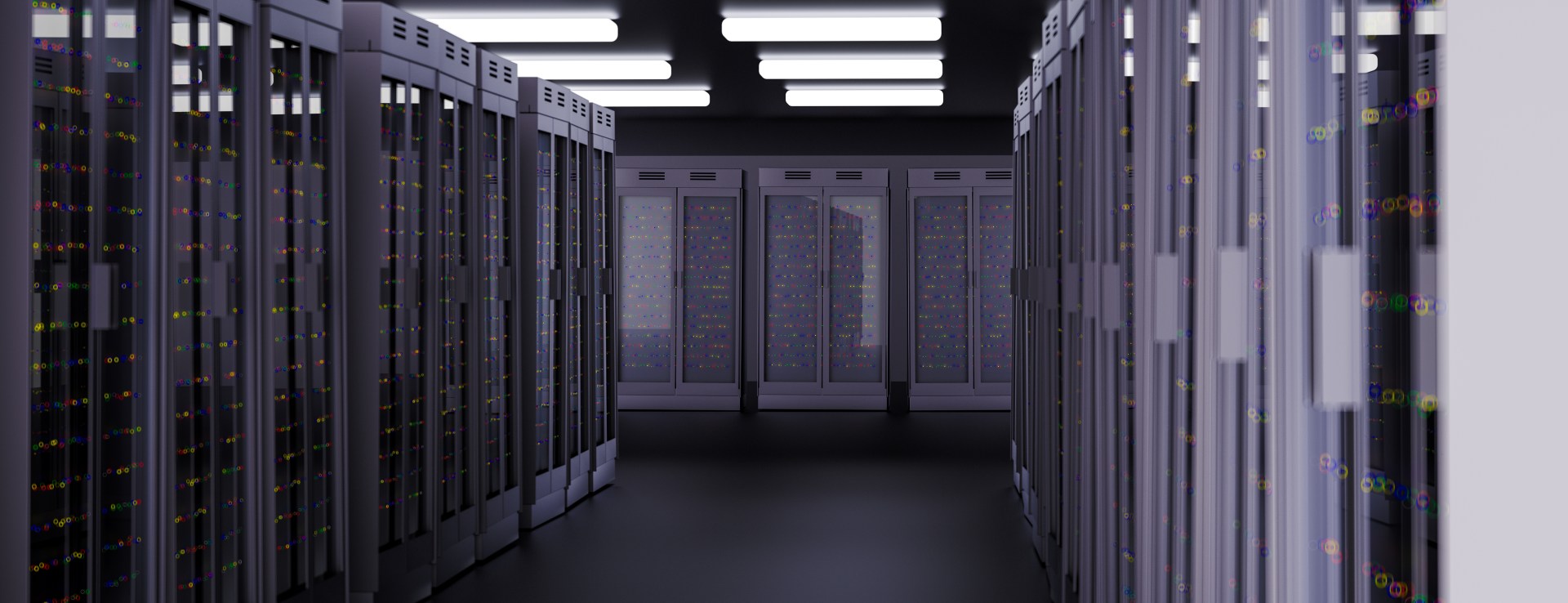After using a traditional cloud service for a while, you might be looking to make a change. That’s especially true if your business is growing. There are at least a few reasons why making the decision to migrate to a new cloud infrastructure would be a significant step for the future of the business. With cloud computing, the emergence of bare metal cloud solutions has introduced a noteworthy option for companies seeking better performance, a safer system, and customization. However, making the move to a bare metal cloud environment requires strategic planning for a seamless transition. Let’s delve into the strategies and best practices for such a jump to take the guesswork out of the process.
1. Evaluation and Planning
Before any plan has been put to paper, it’s crucial to conduct a legit assessment of what kind of infrastructure and workloads you’re currently dealing with. Identify applications and workloads that are best suited for migration to a bare metal cloud environment. Consider factors such as resource requirements, compliance, and scalability options.
Plan your migration based on assessment findings. Determine a migration sequence, a timeline, and what resources will be required. Having a thorough plan in place lays the foundation for a smooth move.
2. Selecting the Right Provider
Once there is a solid grasp about how to move forward, it’s time to choose who you want to move forward with. Getting the right bare metal cloud provider on your team can make all the difference. Research a variety of providers and what they offer based on your needs. Be sure to think about things like performance, data center locations, security, compliance, customization, and even customer support.
3. Testing and Validation
Before hauling over your entire system, do a few tests on the new bare metal environment first. It doesn’t need to be a big deal but trying things out will make you and your team more comfortable with the system. Testing will also provide you with a front-row seat on how things will work for individual applications post-move.
Completing tests will give you advanced insight into any issues that could come along such as compatibility or configuration errors. Validation is essential to minimize disruptions and unexpected challenges when transitioning workloads.
4. Data Migration
Data migration is a critical aspect of the cloud migration process. Take the time to put together a plan that makes the most of what you have with the cloud. This might involve transferring over a network or getting on the line with customer support. Before jumping into it, getting a second opinion never hurts. Discuss what kind of volume the data is coming in, how much bandwidth is available, and the potential for downtown during the move.
5. Application Optimization
There’s no time like a move to do a few things you didn’t have time to before. This includes taking the opportunity to optimize applications in the new environment. Adjust configurations, settings, and code to ensure optimal performance in the bare metal setup.
This step might involve fine-tuning databases, adjusting resource allocations, and optimizing network settings. Application refactoring means that your workloads will take full advantage of the performance benefits from bare metal cloud.
6. Security and Compliance Measures
Be sure to look into keeping everything safe and compliant during migration. Get a firewall into place, among other things, to keep the status quo going into the new environment. If your industry is subject to regulatory requirements, get in touch with customer service. The provider needs to have security that is on par with compliance.
7. Performance Testing
Once the migration has begun, it’s good to keep an eye out on performance. Get monitoring tools to keep track of system health, overall. You’ll want to know if expectations are being met post-move.
8. Backup and Disaster Recovery
Of course, having a backup is something we all should know by now but often forget. The reason is you just never know what kind of disaster is lurking around the corner. If anything went wrong on the migration, and you didn’t have anything backed up, it could feel like a disaster. This is a good reminder that you should be backing up regularly anyway. New system or not.
Make sure that your disaster recovery procedures are in good working order so that you can quickly restore operations in case of a system failure or outage. Disaster recovery testing is crucial to minimizing downtime and business continuity.
9. Training and Documentation
Once comfortable with the transition to a new environment, get your IT department in the system, so they are comfortable. Clear documentation and knowledge sharing help teams and individuals navigate the new environment efficiently.
10. Iterative Approach
Picking up and moving to the new bare metal cloud environment doesn’t have to be a one-time or all-at-once event. Consider adopting an iterative approach, which essentially means migrating smaller workloads or less critical applications first. This approach allows you to gain experience and identify challenges before migrating critical applications.
Iterative migration also gives you the chance to tweak the migration strategy as you go.
Related Resources:
What Is Bare Metal As A Service?
Bare Metal vs VM – What You Should Consider




